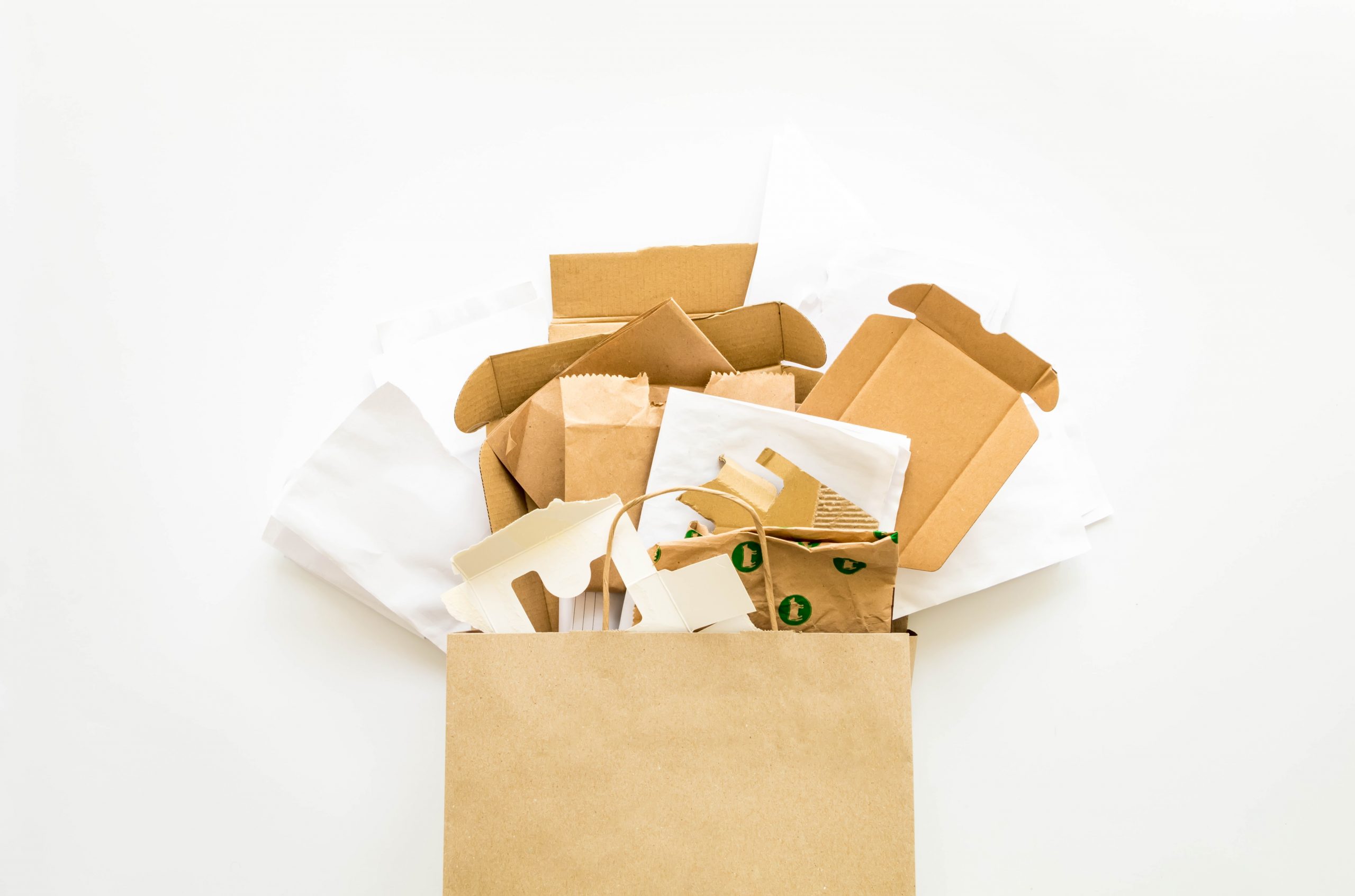There are a lot of terms to know as you design and order your product packaging, including primary packaging materials. The following information will clear up any confusion about primary packaging materials by outlining what they are as well as which ones are the most common.
What Are Primary Packaging Materials? How Do They Contrast with Secondary Materials?
Primary packaging is the part of your packaging that directly touches the product. For example, most cereals are packaged in plastic pouches or bags inside of a box. In this example, the plastic pouch is the primary packaging materials.
The main goal of your primary packaging is to protect, preserve, or contain your product. Depending on your product, it may also serve other purposes.
Primary packaging may be the packaging designed for the end user instead of the store. An example of this would be a box of candy bars that a store sells individually. The packaging directly over each candy bar would be the primary packaging and what the customers come into contact with.
Between the two examples of cereal and candy bars, you can see that the appearance of primary packaging can vary greatly. Sometimes, like with cereal, it won’t have anything printed on it as it is only visible once you are actually using the product. Other times, such as with candy bars, the primary packaging will be printed as it is what consumers see in the store.
Other times, it will be printed despite only being viewed at home. One example of this is wine bottles sold in boxes. The wine box is what you see in the store, and you likely take the wine out of the box when you bring it home. But the bottle itself still has information to help with branding and convey information that is legally required.
What About Secondary Packaging? What About Tertiary Packaging?
Secondary packaging is the layer of packaging directly outside the primary packaging. With the cereal, it would be the cereal box. For the candy bars, it would be the box they all come in. In the wine example, it would be the wine box. Sometimes, it will be a shipping box.
Tertiary packaging goes one step beyond this. At this point, it will commonly refer to the boxes that items are shipped in. So, it would be the box that multiple boxes of wine, candy bars, or cereal come in.
Most Common Primary Packaging Materials
There is no single most common primary packaging material, as it will depend largely on the product and industry you are in. Some of the most common options include glass or plastic bottles, cardboard boxes, shrink film, metal cans, and plastic pouches.
Flexible pouches are popular for liquids and solids alike. Think of baby food pure in pouches or the pouches that toothpaste comes in. Glass containers are popular for certain food items and for more upscale products. Metal cans are popular for drinks and foods with long shelf lives.
Conclusion
The primary packaging material that you use will depend on your product. Most industries have standard materials that are more common than others because they work well. Importantly, nearly any primary packaging can go inside a box for extra protection and branding.




